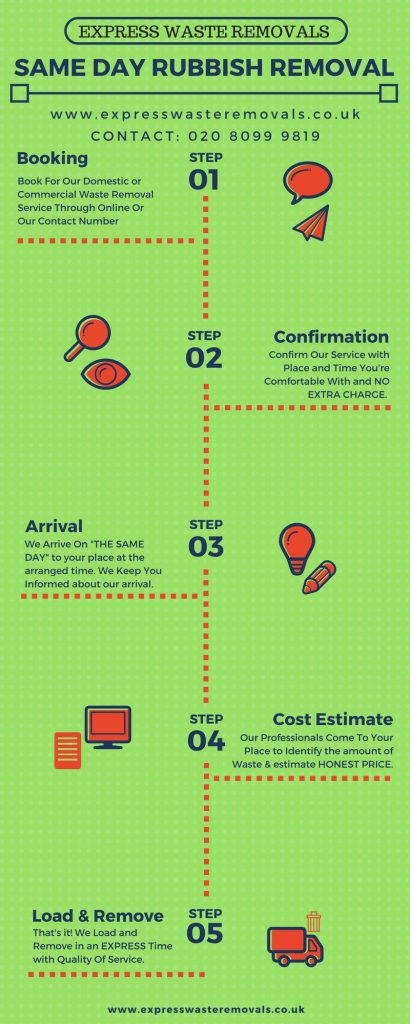Your Comprehensive Guide To Selecting The Correct Dumpster Size For Any Type Of Project
Your Comprehensive Guide To Selecting The Correct Dumpster Size For Any Type Of Project
Blog Article
Content By-Cabrera Hahn
When starting a task that calls for a dumpster, the dimension you select can considerably affect its effectiveness and cost-effectiveness. Picture having the perfect container that suits all your waste without being exceedingly huge or as well little. All of it begins with recognizing the subtleties of your project and choosing a dumpster dimension that straightens with your particular requirements. So, prior to you decide, think about the factors at play to ensure a seamless waste administration process throughout.
Elements to Consider
When deciding on the best dumpster size, there are a number of essential variables to consider.
First, think about the type of waste you'll be dealing with. Different products may need varying quantities of area, so comprehending what you'll be putting in the dumpster is crucial.
Next, assess the quantity of waste you expect to produce. If you undervalue the quantity, you may need to make multiple journeys to deal with whatever, which can be troublesome and costly. On the other hand, leasing a dumpster that's also large can lead to unneeded expenditures.
Additionally, consider the space where the dumpster will certainly be placed. Guarantee there suffices space for the dumpster to be provided and gotten with no blockages.
Finally, think of any type of weight constraints that may use. Going beyond have a peek here can result in additional costs or even the rejection of service.
Dumpster Dimension Options
For choosing the right dumpster dimension, it's essential to have a mutual understanding of the offered choices. Dumpster sizes typically vary from 10 to 40 cubic lawns, with variations in between.
A 10-yard dumpster appropriates for little jobs like a garage cleanout or a small renovation. If you're dealing with a medium-sized job such as a cooking area remodel or a basement cleanout, a 20-yard dumpster may be the best option.
For bigger tasks like a whole-house remodelling or commercial building, a 30 or 40-yard dumpster could be more suitable to fit the volume of waste generated.
When picking a dumpster dimension, think about the quantity and type of particles you anticipate to take care of. It's better to choose a somewhat bigger size if you're unclear to stop overfilling. Bear in mind, it's even more economical to rent out a dumpster that fits your requirements instead of having to order an extra one.
Matching Dimension to Task
Ideally matching the dumpster dimension to your project is important for effective waste administration. To identify the appropriate dimension, consider the range and nature of your project.
For small house cleanouts or restorations, a 10-yard dumpster might be enough. These are generally 12 feet long and can hold around 4 pickup loads of waste.
For bigger projects like redesigning several rooms or removing a big estate, a 20-yard dumpster could be more suitable. These are around 22 feet long and can hold roughly 8 pickup lots.
If you're taking on a major building and construction job or business renovation, a 30-yard dumpster could be the most effective fit. These dumpsters are about 22 feet long and can accommodate about 12 pickup truck tons of particles.
Matching the dumpster size to your project guarantees you have adequate space for all waste products without overpaying for extra capacity.
Conclusion
In conclusion, choosing the appropriate dumpster dimension for your job is essential for effective garbage disposal. By thinking about visit the next post like the type and quantity of waste, room schedule, weight constraints, and budget plan constraints, you can guarantee you have the ideal dimension dumpster for your needs. Ensure to match the size of the dumpster to the range and nature of your job to avoid overspending on unneeded expenses.
